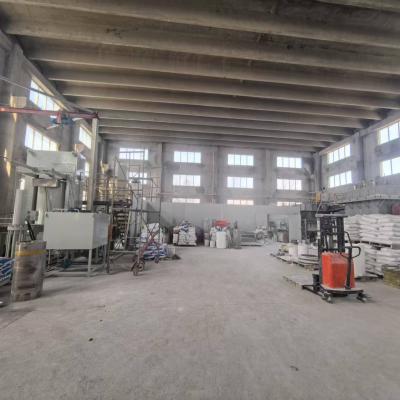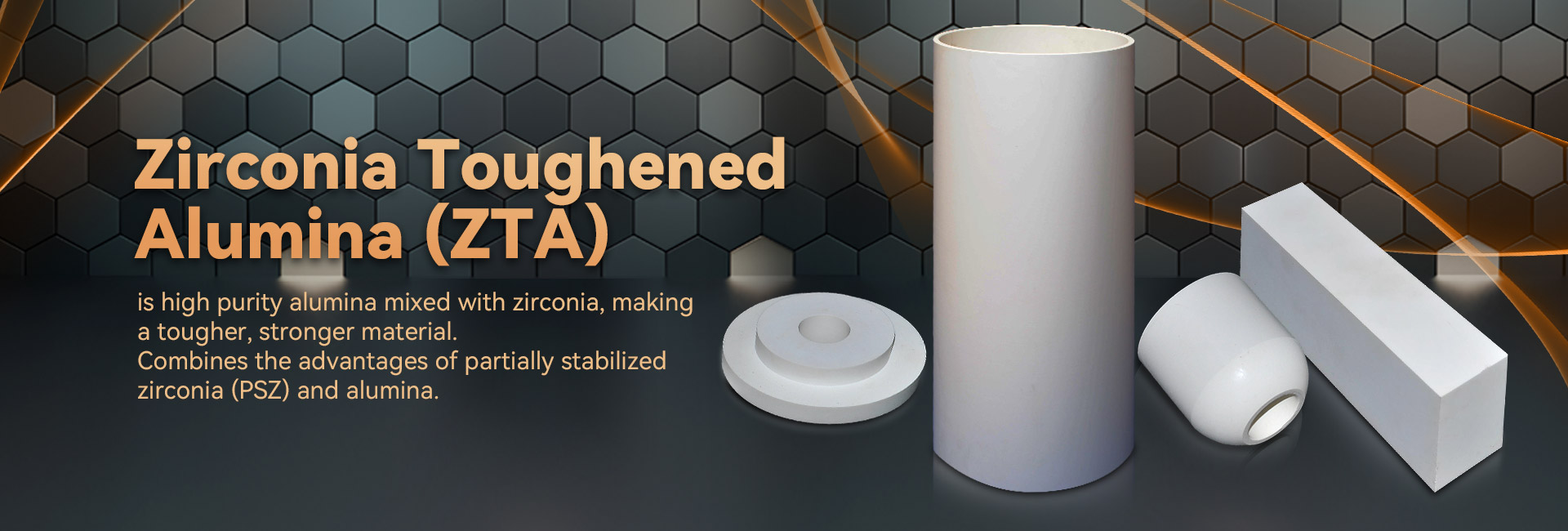
Technological alloy showcase exceptional mechanical attributes, considering them ideal for a extensive selection of uses. Flowing from flight and motor industry to digital devices, these constituents are rapidly developing to fulfill ceramic heater the expectations of a up-to-date context.
- Their toughness and endurance to intense thermal states make them pivotal for cutting-edge apparatus.
- In addition, technical ceramics contribute merits in terms of strength, boosting the expansion of innovative apparatuses.
Constructing Composites: Developed for Exceptional Functionality
Crafted ceramics stand out in taxing scenarios due to their unique features. Produced from premium raw components and treated by meticulous processing practices, these progressive ceramics present remarkable robustness, deterioration resistance, and endurance to harsh thermal states, corrosion, and scraping. From outer space modules to shaping tools, industrial ceramics contribute superior output across various areas. Their versatility allows withstanding severe places, guaranteeing persistence and soundness. As innovation progresses, the requirement for cutting-edge elements grows, cementing the fundamental stance of industrial ceramics in shaping a improved outlook.
State-of-the-Art Ceramics: Surpassing Element Boundaries
Elements, displaying exceptional rigidity and resilience, are at the start of a reformation. Pioneering ceramics, engineered with precise control over their arrangement and minutiae, are pushing the constraints of the extent of realizable. These composites carry a vast assortment of facets, substantially aiding them advantageous for critical realms such as astronautics, health sciences, and energy. From low mass parts that survive extreme climatic environments to non-toxic implants that integrate seamlessly with the flesh, advanced ceramics are redefining our life.
Careful Ceramic Crafting: Meeting Stringent Needs
Manufactured ceramic fabrication has evolved considerably in recent cycles, providing the creation of finely made and highly effective ceramic products. These pieces are fundamental across a wide range of domains, including outer space, health, and instrument domains. Satisfying the specialized criteria for these functions calls for accurate fabrication techniques that support dimensional authenticity, surface refinement, and material essentials. State-of-the-art ceramic fabrication processes utilize diverse methods, including slip casting, injection molding, and additive manufacturing. These practices make possible the assembly of fine structures and meticulous characteristics with remarkable reliability. Equally important, advances in materials science have given rise to new ceramic compositions endowed with boosted characteristics. These forms innovate increased fortitude, persistence, and tolerance to severe warmth conditions, making possible their use in challenging sectors.
The potential for meticulous ceramic fabrication are substantial. As developments and advancement push on, we can count on even more advanced approaches and elements that will likewise push the edges of what is attainable in this domain.
Top-Performing Ceramic Compounds for Tough Realms
Advanced ceramic elements maintain extraordinary fortitude and antagonism against extreme situations, making them well suited for challenging assignments in orbital fields. These state-of-the-art ceramics can endure excessive temperature loads, fight deterioration, and secure their robustness under challenging performance burdens. Their exceptional molecular characteristics empower reliable work in inimical locales, including fireplaces, aircraft engines, and nuclear reactors.
- Engineered ceramic blends
- Thermal resistance
- Reduced mass
Ceramic Blends: Combining Sturdiness and Capability
Ceramic composites showcase a compelling mix of mechanical hardness and distinct customized traits. Through the blending of ceramic bits within a scaffold, these materials achieve extraordinary efficiency. This mixture results in heightened immunity against high climatic environments, wearing, and chemical degradation, rendering them desirable for challenging assignments in flight, transportation, and resources areas. Furthermore, ceramic composites can be adapted to possess exclusive properties like electrical conductivity or biocompatibility, increasing their usage across diverse realms.
Structural Handling in Innovative Ceramics
Securing aimed-for traits in innovative ceramics commonly calls for precise oversight over their grain configuration. Diverse fabrication variables, including sintering thermal exposure, extent, and atmosphere, alongside the addition of dopants or ancillary phases, dramatically shape the configuration of crystals, open volume, and other microstructural peculiarities. Rigorous fine-tuning of these factors allows for the increase of resilience, crack resistance, and conductive conductivity. Namely, lifting the sintering firing temperature can stimulate grain spread, thus increasing solidness and improving mechanical sturdiness. Conversely, adjusting the firing atmosphere may modify the oxidation status of the ceramic, thereby influencing its electrical current flow or magnetic features. Grasping these relationships between microstructure and properties is indispensable for fabricating advanced ceramics with fine-tuned features suitable for many roles.
Durability-Enhancing Ceramics: Enhancing Lifespan
For high-stress manufacturing branches, where items are forced to constant grinding and damage, compounds with excellent sturdiness are paramountly crucial. Wear-resistant ceramics have developed as a premier approach, affording unparalleled toughness and effectiveness in multiple industries such as fabrication, mining, and aerospace. These leading composites possess a uncommon microstructure that improves their potential to oppose erosion. By exploiting the built-in fortitude and mass of ceramic structures, engineers can fashion durable items capable of resisting the most extreme operating climatic states.
Clinically Safe Composites: Roles in Therapeutics
Medical-grade ceramics have changed the medical specialty, supplying an array of advantageous aspects for many works. These compounds are biologically stable within the flesh, minimizing immunological responses and advancing healing. A prime task for biocompatible ceramics is in surgical implants, where their tenacity sustains long-lasting strengthening to damaged biological tissues.
Additionally, they are used in dental prosthetics, presenting a steady and aesthetically pleasing solution for tooth restoration. Ceramics also exercise a key role in drug administration, supporting the concentrated application of compounds to specific targets within the body.
- Moreover, biocompatible ceramics are progressively being researched for biomaterials development, serving as a support for tissue regeneration.
- Consequently, the future of biocompatible ceramics in health industry looks hopeful, with continual development expanding their functions.
Ceramic Sensors: Boosting Accurate Assessments
Ceramic sensors have developed as key modules across a inclusive array of markets. These detectors employ the special qualities of ceramic forms to deliver highly precise calculations. Their robustness in {demanding|harsh| 